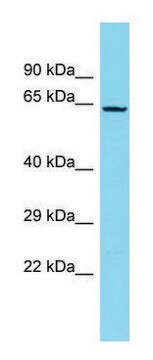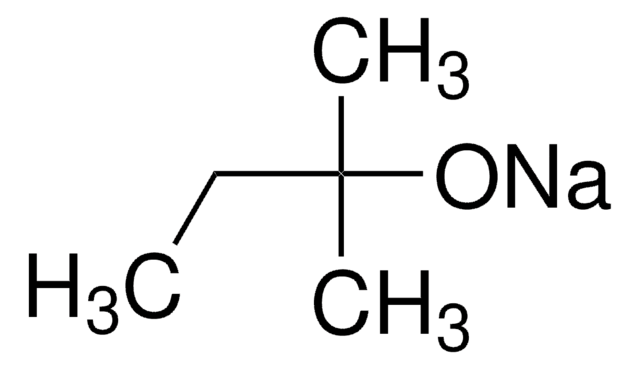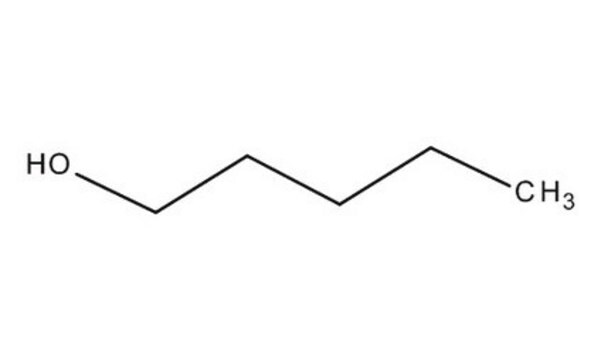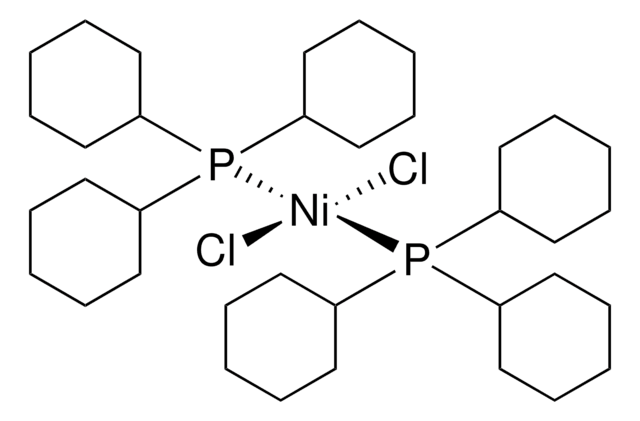8.06193
tert-Amyl alcohol
EMPLURA®
Sinonimo/i:
tert-Amyl alcohol, Amylenehydrate, 2-Methyl-2-butanol, tert-Pentyl alcohol, Dimethyl ethyl carbinol
About This Item
Prodotti consigliati
Tensione di vapore
15.5 hPa ( 20 °C)
Livello qualitativo
Nome Commerciale
EMPLURA®
Saggio
≥99.0% (GC)
Forma fisica
liquid
Temp. autoaccensione
425 °C
Potenza
5200 mg/kg LD50, oral (Rat)
Limite di esplosione
1.3-9.6 % (v/v)
pH
6.0 (20 °C, 118 g/L in H2O, neutral)
kinematic viscosity
5 cSt(23 °C)
P. eboll.
102 °C/1013 hPa
Punto di fusione
-8.4 °C
Temp. transizione
flash point 20.5 °C
Solubilità
118 g/L
Densità
0.81 g/cm3 at 20 °C
Temperatura di conservazione
2-30°C
InChI
1S/C5H12O/c1-4-5(2,3)6/h6H,4H2,1-3H3
MSXVEPNJUHWQHW-UHFFFAOYSA-N
Descrizione generale
Applicazioni
- Development of a green, concise synthesis of nicotinamide derivatives catalysed by Novozym® 435 from Candida antarctica in sustainable continuous-flow microreactors: Highlights the use of tert-Amyl alcohol in enzymatic reactions, offering a greener alternative for synthesizing complex molecules in pharmaceutical research (Sheng et al., 2024).
- Enzymatic Synthesis of Ascorbyl Palmitate in a Rotating Bed Reactor: Discusses the role of tert-Amyl alcohol in creating stable environments for enzyme-catalyzed reactions, enhancing product yield and process efficiency in biochemical applications (Holtheuer et al., 2023).
- Effects of magnetic fields on the enzymatic synthesis of naringin palmitate: Investigates how tert-Amyl alcohol can be used to enhance the solubility and reactivity of substrates in biocatalytic processes, critical for industrial biotechnology applications (Zhang et al., 2018).
- Ethyl esters production catalyzed by immobilized lipases is influenced by n-hexane and ter-amyl alcohol as organic solvents: Explores the effectiveness of tert-Amyl alcohol as a co-solvent in biodiesel production, demonstrating its impact on enzyme activity and stability in biofuel research (Borges et al., 2020).
Risultati analitici
Density (d 20 °C/ 4 °C): 0.808 - 0.809
Identity (IR): passes test
Note legali
Avvertenze
Danger
Indicazioni di pericolo
Classi di pericolo
Acute Tox. 4 Dermal - Acute Tox. 4 Inhalation - Eye Dam. 1 - Flam. Liq. 2 - Skin Irrit. 2
Codice della classe di stoccaggio
3 - Flammable liquids
Classe di pericolosità dell'acqua (WGK)
WGK 1
Punto d’infiammabilità (°F)
68.9 °F - closed cup
Punto d’infiammabilità (°C)
20.5 °C - closed cup
Certificati d'analisi (COA)
Cerca il Certificati d'analisi (COA) digitando il numero di lotto/batch corrispondente. I numeri di lotto o di batch sono stampati sull'etichetta dei prodotti dopo la parola ‘Lotto’ o ‘Batch’.
Possiedi già questo prodotto?
I documenti relativi ai prodotti acquistati recentemente sono disponibili nell’Archivio dei documenti.
I clienti hanno visto anche
Il team dei nostri ricercatori vanta grande esperienza in tutte le aree della ricerca quali Life Science, scienza dei materiali, sintesi chimica, cromatografia, discipline analitiche, ecc..
Contatta l'Assistenza Tecnica.













